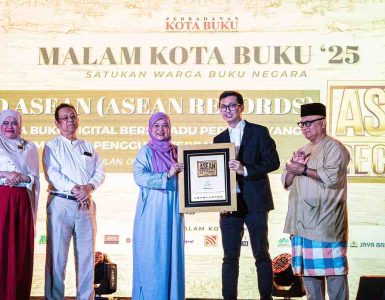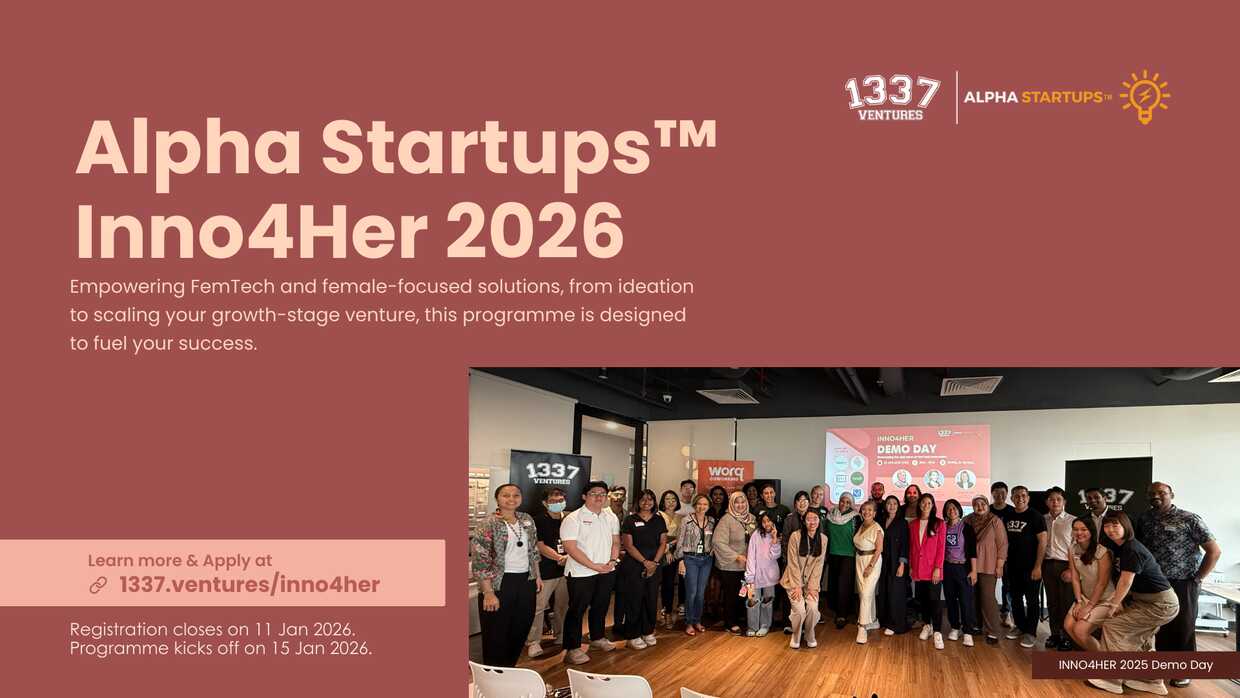A group of students of Curtin University, Sarawak Malaysia (Curtin Sarawak) took the opportunity to showcase their prototype for an “automated pet habitat” at the recent SKA 6th All Breeds Championship and Dog Show at the Miri Indoor Stadium.
Pet care can be a tremendous task for any pet owner, but for those who travel often or spend long hours at work, it can be particularly worrying. The anxiety and possible guilt in leaving their pets unattended at home for long periods of time could prove unbearable.
It was such considerations that led the eight students to come up with the idea for an Automatic Pet Habitat, or APH for short. It was also partly to address their own concerns about the care for their own pets and satisfy their eagerness to apply the knowledge and skills they have garnered in their courses at the university in a more tangible way.

Led by Civil and Construction Engineering student Omid Lameh, the students of multi-national and multi-disciplinary backgrounds from engineering to business put their minds together to develop a concept within a matter of ten weeks. They presented the concept to the management and staff of the university on two occasions before embarking on the construction of their prototype.
Reflecting a diversity of nationalities evident at Curtin Sarawak, the team comprises Omid who is from Iran, and fellow Iranians Amir Masoud Kermanshahi (Electronic and Communications Engineering) and Hossein Jabbarian (Intensive English Programme); Malaysians Chua Shin Cheng (Electronic and Communications Engineering), Leonard Huang Chee Hao (Commerce – Marketing and Public Relations) and Lue Ik Hong (Master of Philosophy); and Nigerians Moses Asawu Adabson (Chemical Engineering) and Yusuf Walter Zakari,Bachelor (Computer Systems and Networking).
In February this year, they began putting their theories and expertise to the test building a working prototype for the APH. Devoting much of their time after classes and on weekends, the hardworking team completed the prototype within two and a half months.

Working on a shoestring budget of just RM1,300, the team fabricated the structure of the prototype largely from recycled steel and wood, partly to save on costs and also because they wanted to build a habitat that was environmentally-friendly.
Electronic and motorised components were either loaned by their respective departments at the university’s School of Engineering and Science, bought locally, or purchased by mail order.
The prototype applies simple sciences of mechanics, fluids, structural design and electronics to enhance the features of a normal pet shelter. They include an automatic gate with programming capabilities, automatic feeder and automatic water dispenser.

The automatic gate is controlled by a series of motion sensors that detect the presence of the pet and ensure the pet is safely through the gate before shutting. It also allows the pet out of the habitat at a certain time in the morning and ‘curfew’ capabilities that prevent the pet from exiting the habitat for a specific duration.
The automatic feeder comes with an ample storage tank relative to the pet’s size and is capable of providing the pet a sustainable source of food for the span of five to seven days. The mechanism of the feeder allows pet owners to determine the number of meals to be provided in a day, the specific amount of food to be dispensed at a time, and the intervals between meals.

The automatic water dispenser, meanwhile, can simply be connected to a water tap to provide your pet with fresh water whenever its bowl is empty. Alternatively, it can be connected to a 40-litre tank mounted within the habitat to provide water for a span of up to seven days.
“This Automated Pet Habitat is our technological solution to specific problems faced by pet owners. Of course, it is still very much in the conceptual stage and this is just the first prototype. More prototypes will be developed incorporating new ideas and design enhancements. There is still a long way to go,” said Omid at the end of the dog show.
He added that to develop the ideal APH, the team welcomes any suggestions from pet owners or animal experts on how to prefect the concept.

“We are very grateful for the opportunity to showcase the APH at the dog show as we were hoping to get suggestions and feedback from members of the public during the event. We got lots of suggestions from the public through comment forms distributed during the event. The event organisers, members of the Sarawak Kennel Association and local dog trainers and handlers also showed considerable interest and offered valuable feedback,” related Omid.
He emphasised, however, that the APH is not meant to replace a pet’s master; it is merely a means of providing a better quality of life for pets and easing the minds of pet owners or, as the team rather succinctly puts it, “The APH provides for your pet, it doesn’t care for it. That’s your job!”











